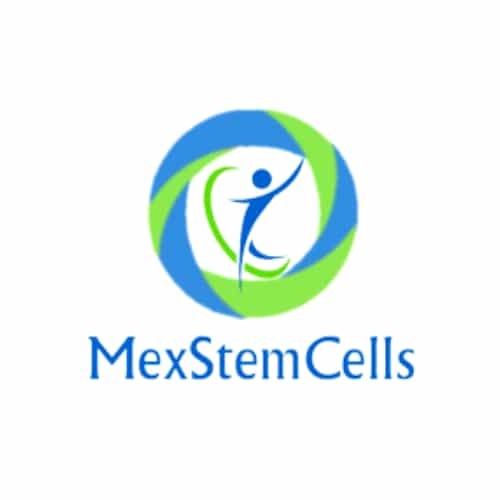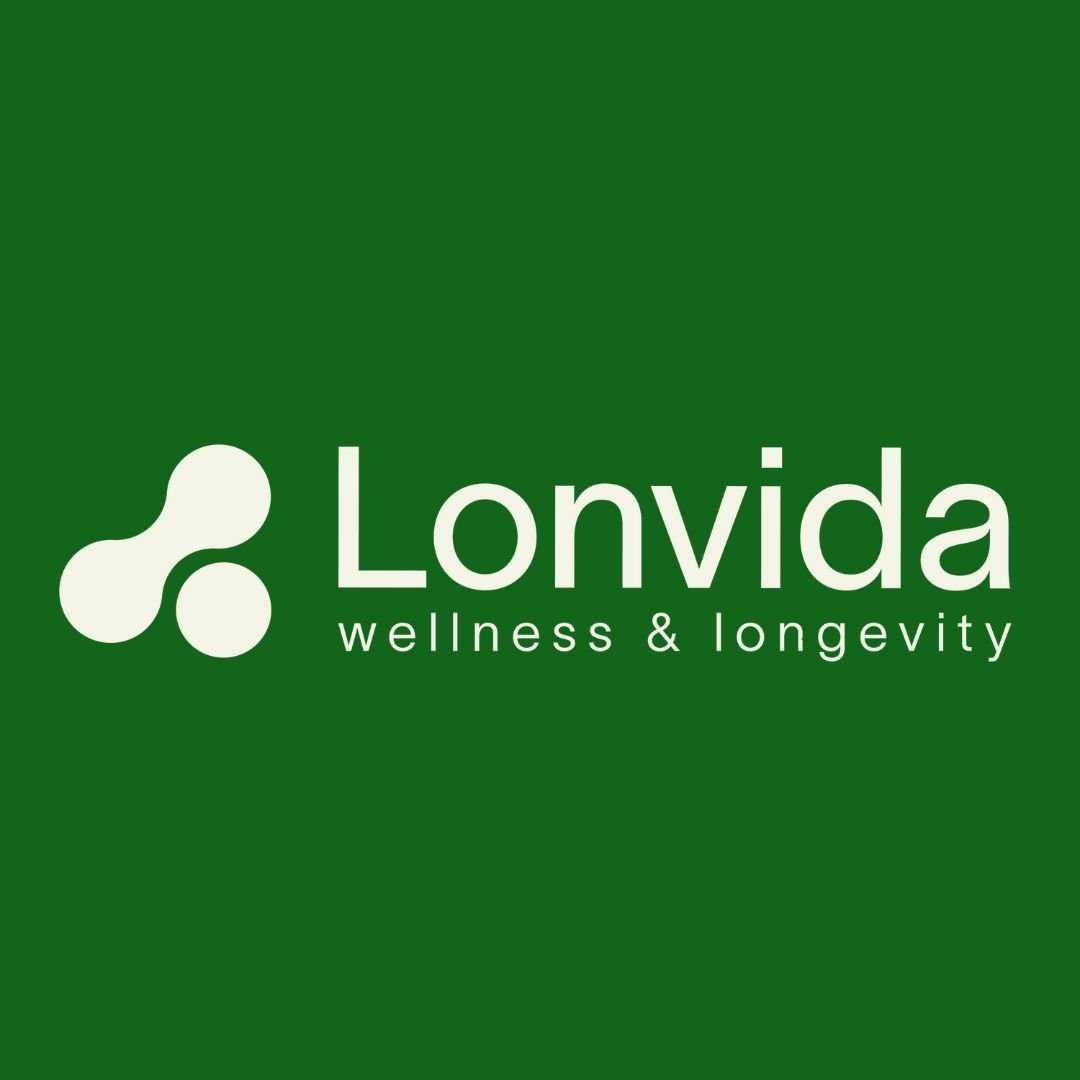Understanding Vision Stem Cell Therapy in Mexico

The quest to restore or improve vision through advanced medical treatments has led many to explore innovative therapies like stem cell treatment. In recent years, Mexico has emerged as a prominent destination for those seeking such cutting-edge solutions, often due to accessibility and potentially lower costs compared to other nations.
Many individuals grappling with degenerative eye conditions are turning their hopes towards stem cell therapy, wondering about its effectiveness and success rates.
Understanding the success rate of stem cell therapy for vision in Mexico requires a nuanced perspective. It's not a one-size-fits-all answer, as the outcomes are influenced by numerous factors, including the specific eye condition being treated, the type of stem cells utilized, the patient's overall health, and the expertise of the medical facility.
While promising results are often reported for various conditions, it’s essential for patients to approach this therapy with realistic expectations, recognizing that it's still evolving for many applications and results can vary significantly from person to person.
What is the Success Rate of Stem Cell Therapy for Vision in Mexico?
Defining "success" in stem cell therapy for vision is complex, as it can range from halting disease progression to a noticeable improvement in visual acuity or field. For many degenerative eye conditions, stabilization alone can be a significant positive outcome.
Clinics in Mexico often report positive results in various conditions like age-related macular degeneration (AMD), retinitis pigmentosa, and optic nerve damage.
However, it's crucial to understand that large-scale, randomized controlled trials demonstrating definitive, consistent success rates across all patient populations and conditions are still ongoing globally. Most reported successes come from individual clinic data or smaller observational studies.
Patients considering this therapy should inquire about the clinic's specific track record for their condition, focusing on measurable outcomes and understanding that results can differ greatly among individuals.
What Vision Conditions Can Stem Cell Therapy Treat in Mexico?
Stem cell therapy holds potential for a variety of vision impairments, particularly those characterized by cellular degeneration or damage that conventional treatments struggle to address. In Mexico, clinics typically offer treatments for:
- Age-Related Macular Degeneration (AMD): Both dry and wet forms, aiming to protect remaining photoreceptors or replace damaged retinal pigment epithelial cells.
- Retinitis Pigmentosa: A group of genetic disorders leading to progressive vision loss, where stem cells may help preserve or regenerate photoreceptors.
- Optic Neuropathy: Damage to the optic nerve, potentially benefiting from stem cells' neuroprotective and regenerative properties.
- Glaucoma: While not a primary treatment for intraocular pressure, stem cells are being investigated for their neuroprotective effects on retinal ganglion cells.
- Stargardt's Disease: A genetic form of macular degeneration, similar to AMD but affecting younger individuals.
It's important to note that for many of these conditions, stem cell therapy is still considered innovative or experimental, and results can vary. The underlying pathology and stage of the disease significantly impact potential outcomes.
How Does Stem Cell Therapy for Vision Work?
The mechanism by which stem cells exert their therapeutic effects on vision is multifaceted and depends on the type of stem cell and the specific condition being treated. Generally, stem cells are believed to work through several key pathways:
- Cell Regeneration and Replacement: Stem cells have the potential to differentiate into specialized cells of the eye, such as photoreceptors or retinal pigment epithelial cells, thereby replacing those that have been damaged or lost due to disease.
- Neuroprotection: They can release growth factors and other signaling molecules that protect existing retinal cells and optic nerve cells from further degeneration and death.
- Immunomodulation and Anti-inflammation: Some stem cells, particularly Mesenchymal Stem Cells (MSCs), possess potent anti-inflammatory and immune-modulating properties, which can help reduce inflammation in the eye that contributes to disease progression.
- Angiogenesis Regulation: In conditions like wet AMD, stem cells might influence the formation of new blood vessels, potentially correcting abnormal growth.
The stem cells are typically administered directly into the eye (e.g., intravitreal or subretinal injection) or intravenously, depending on the target tissue and the clinic's protocol. The goal is to deliver these potent regenerative cells to the affected areas, where they can initiate repair and healing processes.
Is Stem Cell Therapy for Vision Approved by Regulatory Bodies in Mexico?
The regulatory landscape for stem cell therapies in Mexico is different from countries like the United States or European nations, which have stricter federal approvals for each specific treatment. In Mexico, the Federal Commission for the Protection against Sanitary Risks (COFEPRIS) is the main regulatory body.
While it oversees the safety and quality of medical treatments, it operates under a framework that allows for "innovative" or "experimental" treatments to be offered, provided certain ethical and safety standards are met.
This means that while a specific stem cell treatment for vision might not have undergone the same extensive, multi-phase clinical trials required for full FDA approval, it can still be legally offered by clinics in Mexico. Patients must exercise due diligence to ensure the clinic they choose adheres to high medical standards, follows ethical guidelines, and prioritizes patient safety above all else. Always verify the clinic's licenses and accreditations.
What Are the Potential Risks and Side Effects of Stem Cell Therapy for Eyes?
As with any medical procedure, stem cell therapy carries potential risks and side effects, particularly when involving delicate organs like the eyes. It's crucial for patients to be fully informed about these possibilities before undergoing treatment. Some of the potential risks include:
- Infection: Any invasive procedure, including injections into the eye, carries a risk of introducing bacteria or other pathogens, potentially leading to infection.
- Inflammation: The body's immune system might react to the injected cells or the procedure itself, causing inflammation within the eye.
- Retinal Detachment or Damage: The injection needle or the injected material could potentially cause damage to the retina, leading to detachment or other complications.
- Bleeding: Hemorrhage can occur at the injection site or within the eye.
- Unwanted Cell Growth (Tumors): While rare with adult stem cells like MSCs, there is a theoretical risk, especially with less regulated cell types, of uncontrolled cell proliferation or tumor formation.
- Immune Rejection: If allogeneic (donor) stem cells are used, there's a possibility of immune rejection, where the body's immune system attacks the foreign cells.
- Adverse Reactions: Other potential side effects include increased intraocular pressure, pain, blurry vision, or light sensitivity immediately after the procedure.
Choosing an experienced and reputable clinic that adheres to strict sterility and safety protocols can significantly mitigate many of these risks. Open communication with your medical team about any pre-existing conditions or concerns is also vital.
What is the Cost of Stem Cell Therapy for Vision in Mexico?
One of the main reasons individuals consider medical tourism to Mexico for stem cell therapy is the often more affordable pricing compared to countries like the United States or Canada. The cost can vary widely based on several factors, making it challenging to provide an exact figure without a specific treatment plan.
Factors influencing the cost include:
| Factor | Impact on Cost |
|---|---|
| Clinic Reputation and Location | Well-established clinics in major cities might charge more. |
| Type of Stem Cells Used | Autologous (patient's own) vs. Allogeneic (donor) cells, and their processing complexity. |
| Number of Cells and Injections | Higher cell counts or multiple treatment sessions increase the total cost. |
| Specific Eye Condition | More complex conditions or those requiring specialized cell types may incur higher costs. |
| Included Services | Some packages include initial consultations, follow-up visits, and post-treatment care. |
It's crucial to obtain a detailed quote from any prospective clinic, ensuring it covers all aspects of the treatment, including pre-screening, the procedure itself, post-treatment medications, and follow-up care. Remember to factor in travel, accommodation, and other living expenses when budgeting for medical tourism.
How Do I Choose a Reputable Clinic for Stem Cell Therapy in Mexico?
Selecting the right clinic is perhaps the most critical step for anyone considering stem cell therapy for vision in Mexico. Due to the evolving nature of these treatments, not all clinics operate with the same standards of care or transparency. Here are key considerations:
- Accreditation and Licensing: Look for clinics that are officially licensed by COFEPRIS and, ideally, hold international accreditations such as Joint Commission International (JCI) if available, indicating adherence to global healthcare standards.
- Physician Credentials: Verify that the doctors and specialists have appropriate certifications, extensive experience in ophthalmology, and specific training in stem cell applications for eye conditions. Ask about their professional affiliations.
- Transparency in Treatment: A reputable clinic will provide clear, detailed information about the specific stem cells they use (source, type, processing), the administration method, and the expected outcomes and potential risks. Be wary of clinics that make exaggerated claims or promise guaranteed cures.
- Patient Safety Protocols: Inquire about their sterility measures, quality control for stem cell processing, and emergency protocols.
- Patient Testimonials and Reviews: While anecdotal, patient experiences can offer insights. Look for consistent positive feedback, but also be critical of overly perfect reviews.
- Ethical Practices: Ensure the clinic operates ethically, respects patient autonomy, and provides a clear consent process.
- Communication: The clinic should have clear communication channels, ideally with staff fluent in your language, to address all your questions and concerns effectively.
What is the Typical Recovery Time After Stem Cell Therapy for Vision?
The immediate recovery period following stem cell injection for vision is typically not extensive, especially if the procedure is minimally invasive, such as an intravitreal injection. Patients might experience mild discomfort, redness, or slight blurriness in the treated eye for a few days. They are usually advised to avoid strenuous activities, rubbing the eye, and to use prescribed eye drops (antibiotics or anti-inflammatory) as directed by their doctor.
However, it's crucial to distinguish between recovery from the procedure and the timeline for observing potential therapeutic effects. Stem cells need time to integrate, differentiate (if applicable), release growth factors, and exert their regenerative or protective effects.
Therefore, any noticeable improvements in vision or stabilization of the condition can take weeks, several months, or even longer to manifest. Regular follow-up appointments with the treating physician or a local ophthalmologist are essential to monitor progress and assess the long-term outcomes of the therapy.
What Should I Consider When Traveling to Mexico for Medical Treatment?
Medical tourism to Mexico for treatments like stem cell therapy for vision requires careful planning beyond just selecting a clinic. To ensure a safe and positive experience, consider the following:
- Travel Documents: Ensure your passport is valid and check if you need a visa for entry into Mexico, depending on your nationality.
- Logistics: Plan your travel (flights, local transportation) and accommodation in advance. Many clinics offer assistance with these arrangements or recommend specific hotels.
- Communication: While many medical staff in reputable clinics speak English, having access to a translator for general interactions or emergencies can be beneficial.
- Medical Records: Bring all relevant medical history, diagnostic test results, and current medication lists to your consultation.
- Financial Planning: Beyond the treatment cost, budget for flights, accommodation, food, local transport, and any unexpected expenses. Confirm payment methods with the clinic.
- Travel Insurance: Obtain comprehensive travel insurance that covers medical emergencies, including any potential complications related to your treatment abroad.
- Local Safety and Culture: Research the safety of the specific city or region you will be visiting. Be aware of local customs and practices to ensure a respectful and comfortable stay.
- Post-Treatment Care: Discuss with your clinic how follow-up care will be managed, especially after you return home. Ensure you understand any instructions for medications or activity restrictions.
Are There Specific Types of Stem Cells Used for Vision Improvement?
The field of stem cell therapy for vision utilizes different types of stem cells, each with unique properties and potential applications:
- Mesenchymal Stem Cells (MSCs): These are adult stem cells commonly derived from bone marrow, adipose (fat) tissue, or umbilical cord tissue. MSCs are highly favored due to their immunomodulatory, anti-inflammatory, and neuroprotective properties. They are thought to help by releasing growth factors, reducing scarring, and protecting existing cells, rather than primarily replacing lost cells.
- Induced Pluripotent Stem Cells (iPSCs): These are adult cells that have been genetically reprogrammed to an embryonic stem cell-like state, meaning they can differentiate into almost any cell type, including retinal cells. iPSCs hold great promise for regenerating specific eye tissues, potentially overcoming ethical concerns associated with embryonic stem cells.
- Embryonic Stem Cells (ESCs): Derived from human embryos, ESCs have the highest differentiation potential, capable of becoming any cell type in the body. While highly promising for retinal regeneration, their use involves significant ethical considerations and challenges related to immune rejection.
- Retinal Progenitor Cells: These are more specialized stem cells already committed to becoming retinal cells. They are being investigated for direct replacement of damaged retinal cells.
The choice of stem cell type often depends on the specific eye condition, the research and experience of the clinic, and regulatory guidelines. Patients should always inquire about the source and type of stem cells being used for their treatment.
Are you exploring options for stem cell therapy for vision or other medical treatments? PlacidWay connects you with leading clinics and specialists worldwide, including reputable centers in Mexico. Visit PlacidWay today to discover your healthcare journey.


.png)














Share this listing